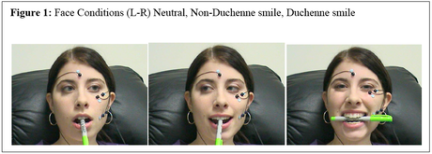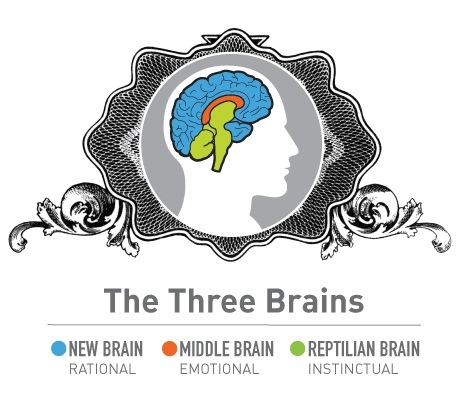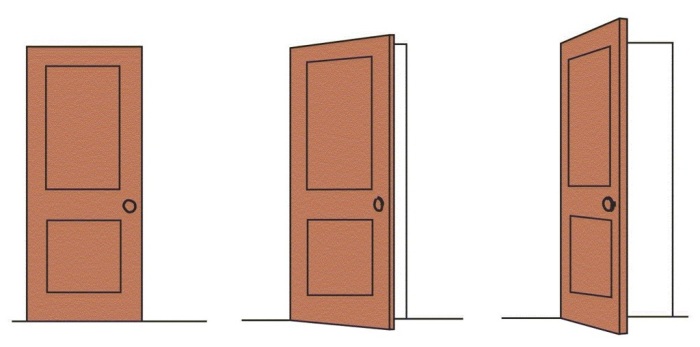I have some good news for you, we’re actually all born smiling. Using 3D ultrasound technology, we can now see that developing babies appear to smile, even in the womb. When they’re born, babies continue to smile — initially, mostly in their sleep. And even blind babies smile to the sound of the human voice. Smiling is one of the most basic, biologically-uniform expressions of all humans.
In studies conducted in Papua New Guinea, Paul Ekman, the world’s most renowned researcher on facial expressions, found that even members of the Fore tribe, who were completely disconnected from Western culture, and also known for their unusual cannibalism rituals, attributed smiles to descriptions of situations the same way you and I would. So from Papua New Guinea to Hollywood all the way to modern art in Beijing, we smile often, and you smile to express joy and satisfaction.
Now, think about this for a moment, do you smile more than twenty times a day? Research has shown that more than a third of us smile more than twenty times a day, whereas less than fourteen percent of us smile less than five. In fact, those with the most amazing superpowers are actually children, who smile as many as four hundred times per day.
Have you ever wondered why being around children who smile so frequently makes you smile very often? A recent study at Uppsala University in Sweden found that it’s very difficult to frown when looking at someone who smiles. Well, why is that ? Because smiling is evolutionarily contagious, and it suppresses the control we usually have on our facial muscles. Mimicking a smile and experiencing it physically help us understand whether our smile is fake or real, so we can understand the emotional state of the smiler.
In a recent mimicking study at the University of Clermont-Ferrand in France, subjects were asked to determine whether a smile was real or fake while holding a pencil in their mouth to repress smiling muscles.Without the pencil, subjects were excellent judges, but with the pencil in their mouth — when they could not mimic the smile they saw — their judgment was impaired.
In addition to theorizing on evolution in “The Origin of Species,” Charles Darwin also wrote the facial feedback response theory. His theory states that the act of smiling itself actually makes us feel better — rather than smiling being merely a result of feeling good. In his study, Darwin actually cited a French neurologist, Guillaume Duchenne, who used electric jolts to facial muscles to induce and stimulate smiles. Please, don’t try this at home.
In a related German study, researchers used fMRI imaging to measure brain activity before and after injecting Botox to suppress smiling muscles. The finding supported Darwin’s theory by showing that facial feedbackmodifies the neural processing of emotional content in the brain in a way that helps us feel better when we smile. Smiling stimulates our brain reward mechanism in a way that even chocolate — a well-regarded pleasure inducer — cannot match.
Also, unlike lots of chocolate, lots of smiling can actually make you healthier. Smiling can help reduce the level of stress-enhancing hormones like cortisol, adrenaline and dopamine, increase the level of mood-enhancing hormones like endorphin and reduce overall blood pressure.
And if that’s not enough, smiling can actually make you look good in the eyes of others. A recent study at Penn State University found that when you smile, you don’t only appear to be more likable and courteous, but you actually appear to be more competent.
So whenever you want to look great and competent, reduce your stress, or feel as if you just had a whole stack of high-quality chocolate — without incurring the caloric cost — or whenever you want to tap into a superpower that will help you and everyone around you live a longer, healthier, happier life, smile.
Want to see where I got some of my information ?








